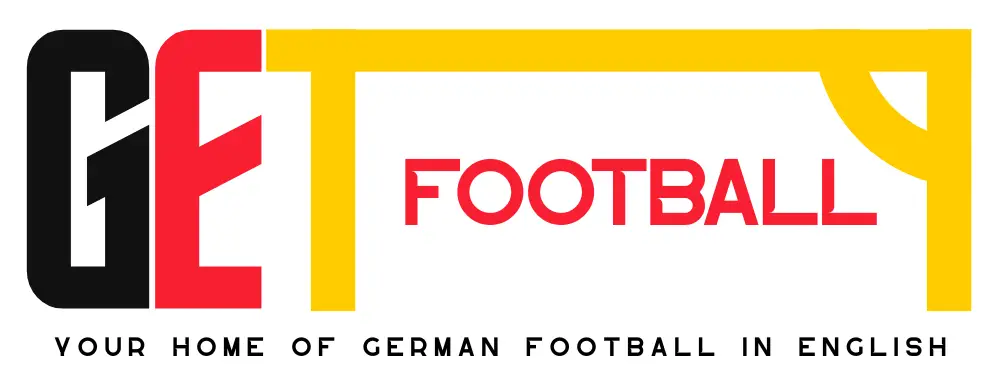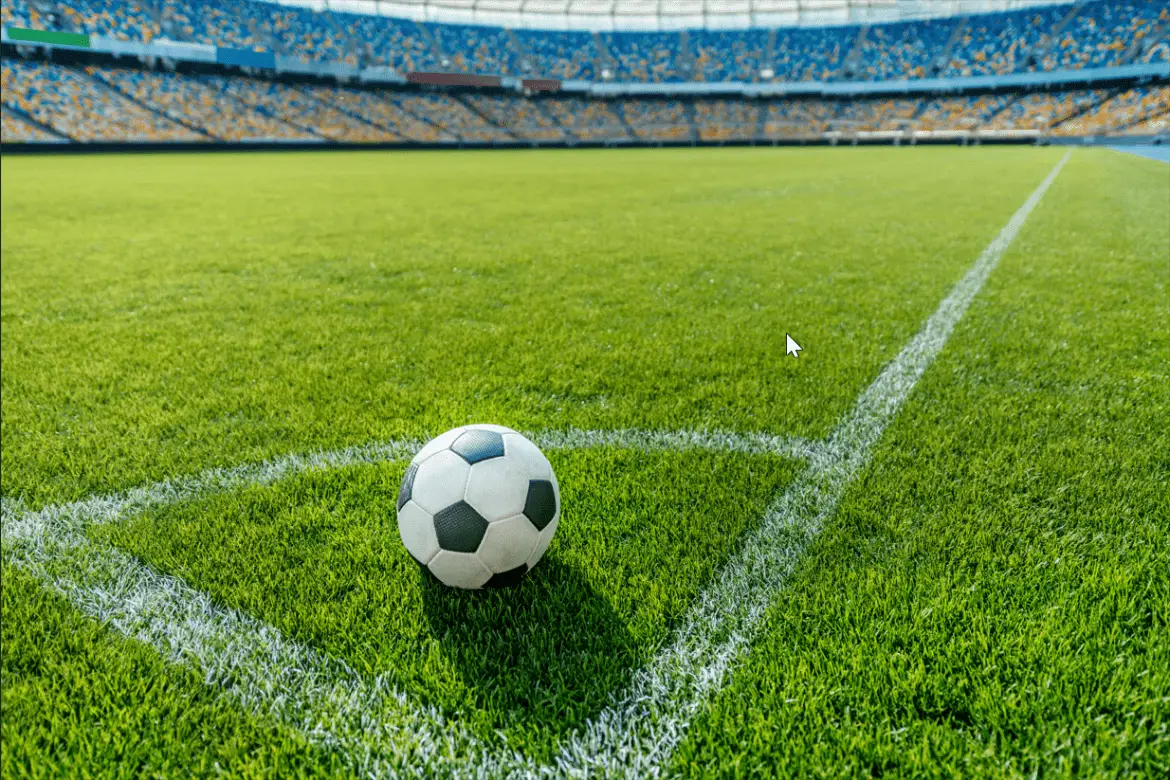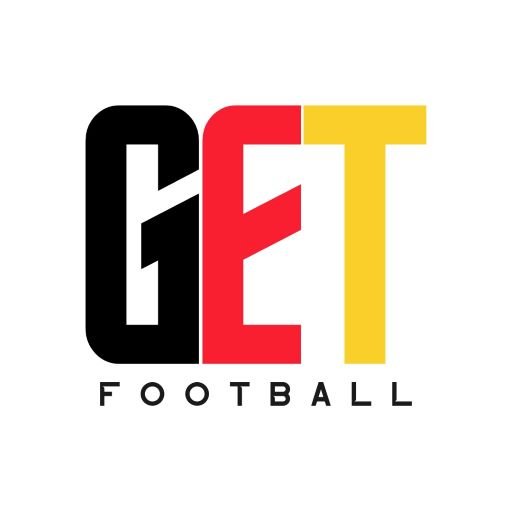The German Bundesliga is one of Europe’s leading soccer leagues, consistently ranking among the top five in terms of quality of play, popularity, and commercial performance. Clubs in this league, such as Bayern Munich, Borussia Dortmund, and RB Leipzig, are known not only for their sporting stability but also for their sound financial policies. That is why the topic of salaries and contracts in the Bundesliga is of considerable interest to both fans and experts — just as in the online gaming industry, offers such as no deposit free spins not on Gamstop are gaining popularity, attracting players with the opportunity to profit without any initial investment.
Top 10 players by annual salary in the Bundesliga in 2025
In the 2025 season, the leader in terms of annual salary in the German Bundesliga is:
- Harry Kane. The English center forward, who joined Bayern in the summer of 2023, earns around €25 million per year. His role in the team is indisputable — he became the Bundesliga’s top scorer and winner of the European Golden Shoe in the 2024/25 season. Kane’s salary reflects his exceptional performance and status as the leader of the Munich attack.
- He is followed by Manuel Neuer, Bayern’s legendary goalkeeper and captain, with an annual salary of around €21 million. Despite his age, Neuer remains a key figure in the team, demonstrating consistent performances. His contract has remained at a high level for several seasons in a row, and in 2025 he continues to prove his value not only on the pitch but also in the dressing room as a moral leader.
- Thomas Müller, attacking midfielder and one of Bayern’s icons. His salary in 2025 is approximately €20.5 million. Despite numerous talks about ending his career, Müller extended his contract and slightly increased his income. He remains a highly experienced player who shapes the club’s culture and often decides key moments thanks to his football intelligence.
- Leroy Sané, who until his recent move to Galatasaray had a salary of €20 million. His contract at Bayern was one of the most generous, but in 2025 his income will drop to around €12.5 million, according to British media reports. Sané left the German giants after several successful seasons as a key winger.
- Joshua Kimmich, who earns between €19.5 million and €20 million per year. In 2025, he signed a new contract that elevated his status within the team. Kimmich is a versatile player who can play as a defensive midfielder and right-back. He has a reputation as one of the most intelligent players on the pitch, making him indispensable to the team’s tactical scheme.
- Serge Gnabry retains his annual salary of €18.9 million. His speed, dribbling, and scoring ability have earned him a permanent place in the starting lineup. Gnabry is also the face of several sponsorship campaigns and actively promotes his image off the field.
- Leon Goretzka, a central midfielder with outstanding physical attributes, earns €18 million per year. His contract has remained largely unchanged since last season, and although there have been rumors of a possible transfer, he has remained at the club as a key figure in midfield.
- Kingsley Coman, another fast and technical winger for Bayern, has an annual income of €17 million. His contract is fixed and has not changed in the last few seasons. Although he often suffers from injuries, Coman remains a valuable player thanks to his ability to decide matches on the wing.
- Center back Matthijs de Ligt earns €16 million per year. The young but already experienced Dutchman is a key player in Bayern’s defense, and his contract demonstrates how the club is investing in its back line. His salary remains stable and his performances are solid.
- Michael Olise, attacking midfielder/winger, who moved to Bayern from Crystal Palace for over €50 million. In 2025, he will earn €13.5 million, which is a substantial amount for a debut season. His statistics are impressive, with 12 goals and 15 assists in his first season in the Bundesliga. This is one of the club’s most promising transfers in recent years.
The biggest contracts, including bonuses and sponsorship deals
In modern European football, especially in the Bundesliga, the contracts of the best players have long ceased to be just a matter of fixed salaries.
For stars such as Harry Kane, Joshua Kimmich, and Leroy Sané, real profits are generated from a combination of base salaries, performance bonuses, and personal marketing deals. Footballers are no longer just club players — they have become global brands with their own image, audience, and financial flows that often exceed even their transfer value.
The most striking example is Harry Kane, the star player of Bayern Munich and one of the highest-paid players in German football. His base salary in 2025 is estimated at €25 million per year, but that is just the tip of the iceberg. Kane receives up to €5 million in bonuses for goals, assists, Bundesliga and Champions League wins. Added to this are earnings from personal contracts with Nike, Beats by Dre and EA Sports, as well as participation in advertising campaigns for Audi, which is a partner of Bayern Munich. In total, Kane can earn over €35 million per year, making him not only a key player but also the face of the club in global marketing.
A similar model is implemented by Joshua Kimmich, who is not only one of the most intelligent and versatile players in midfield, but also actively works on his personal brand. His salary is €20 million, and bonuses for his captaincy and consistent performances in the starting lineup bring his total earnings to €26–27 million. In addition, Kimmich is the face of environmentally conscious and socially responsible brands, including Adidas and organic food brands. He is actively involved in charity work, which also shapes his public image and opens up access to sponsors looking for “ethical” ambassadors.
Leroy Sané, before moving from Bayern Munich to Galatasaray in Turkey, had an annual income of around €30 million. Although his salary in Germany was €20 million, a significant portion came from bonuses for performances in European competitions, as well as extensive partnerships with Nike and Mercedes-Benz. Sané actively starred in television advertising campaigns, participated in fashion photo shoots, and partnered with media brands. He was one of the main influencers of German football on an international level.
Serge Gnabry, whose income in 2025 is estimated at around €25 million, should not be overlooked. His base salary is €18.9 million, but bonuses for his consistent presence in the starting lineup and effective play allow him to earn several million more. Gnabry’s uniqueness lies in his stylish, vibrant image, which attracts brands from the fashion and youth culture industries. He collaborates with companies such as Hugo Boss, Red Bull, and Adidas, making him a favorite in the lifestyle segment.
All these examples illustrate that a successful Bundesliga player is not only a good footballer but also a well-thought-out media image and financial asset. The biggest German clubs, including Bayern, support this model, being linked to influential sponsors. Adidas, as a shareholder in the club, actively integrates players into global advertising campaigns. Audi not only provides the car fleet but also uses players in advertisements for its premium models. T-Mobile (Deutsche Telekom) is the title sponsor and promotes the faces of footballers on digital platforms. Nike remains the choice of many players, despite Adidas being Bayern’s official partner.
Image contracts are worth mentioning separately. They give players the opportunity to independently manage their image and commercial rights, which is especially important for those who want to build a media empire after their career ends. In some cases, clubs also receive a share of the profits from these deals, making the partnership even more lucrative for both sides.
The most expensive signings of the 2024/25 season in the Bundesliga
The 2024 summer transfer window was one of the busiest in the Bundesliga in the last decade. Clubs, especially Bayern Munich, Borussia Dortmund, Stuttgart, and Bayer Leverkusen, have focused on targeted reinforcements and rebuilding their attacking and defensive potential. Against the backdrop of an active market in the Premier League and Saudi Arabia, it was the German league that was able to offer top players both ambitious sporting challenges and financially attractive conditions.
Michael Olise → Bayern (€53 million + bonuses)
The most expensive transfer of the season. The French-English attacking midfielder moved from Crystal Palace, where he was already recognized as one of the best young talents in the Premier League. At Bayern, Olise immediately became a central figure in the attack: 12 goals and 15 assists in his debut season is an impressive result that confirmed the investment logic. His technique, vision, and composure in finishing attacks have made him a fan favorite. This transfer transformed Munich’s style of play into a more vertical and faster one.
Joao Palhinha → Bayern (€51 million)
The Portuguese defensive midfielder moved from Fulham after a protracted saga that had been going on since January 2024. His main mission is to stabilize the center of the field and compensate for the tactical failures of the previous season. Physically powerful, tactically intelligent, and disciplined, Palhinha has added depth to the midfield and allowed other Bayern players to perform better.
Hiroki Ito → Bayern (€23.5 million)
The Japanese center back, who can also play on the left, moved from Stuttgart after activating his release clause. One of the most versatile defenders in the Bundesliga, Ito immediately filled several potentially problematic positions in the back line. His transfer confirms Bayern’s global strategy of developing new markets and strengthening its sporting side.
Maximilian Bayer → Borussia Dortmund (€29.5 million)
A young striker with a bright future who had a strong season at Hannover (on loan). The “Bees” have invested in him as a long-term project. His speed, finishing, and work off the ball give Borussia a new dynamic in attack. Combined with the experienced Giraffe and the youth, Beyer forms the team’s new strike force.
Serh Giraffe → Borussia Dortmund (€18 million)
One of the most effective transfers in terms of value for money. After scoring 28+ goals for Stuttgart last season, Giraffe has become Dortmund’s main attacking force. His adaptation was instantaneous, and his performance has been consistent. For a modest sum, Dortmund got a powerful center forward with experience, leadership, and the ability to decide matches.
Hugo Ekitike → Eintracht Frankfurt (€16.5 million)
The French talent, who moved from PSG, was bought to replace Omar Marmoush. From his very first matches, he showed his technique, mobility, and ability to combine. Eintracht has acquired a player around whom they can build their attack for the next two to three years.
Martin Terrier → Bayer Leverkusen (€20 million)
The forward from Rennes has become an excellent addition to the Pharmacists’ attacking line. His refined technique, excellent understanding of the game, and finishing are all in line with Xabi Alonso’s philosophy. Together with Wirtz and Schick, Thuier has added new variety to the attacks.
Lutsharel Gertrud → RB Leipzig (€20 million)
This is one of the most promising transfers for the defense. The Feyenoord defender, who can play on both flanks and in the center, fits perfectly into Leipzig’s style. Flexible, fast, and tactically astute, he embodies the club’s philosophy: young, intense, and progressive.
Deniz Undav → Stuttgart (€26.7 million)
After a successful season on loan with 18 goals and 9 assists, the club could not afford to lose him. The investment in Undav was strategic — he is not just a forward, but an emotional leader who has become a symbol of Stuttgart’s rise to the European Cup zone.
Most active clubs by spending
- Bayern Munich, over €120 million — the absolute leader of the transfer window. The club has rebuilt its attack and midfield, compensating for the possible departure of Sané and the decline of Musiala. The investments are aimed not only at the German title but also at the long-awaited victory in the Champions League.
- Borussia Dortmund spent around €80 million. The focus is on rejuvenating the attack and stability after the loss of key players. Beyer and Girazzi are the perfect combination of potential and results.
- Stuttgart spent over €35 million, but did so as efficiently as possible — Undav, Ito (who they lost), young talents. The team has become even more competitive.
- Bayer Leverkusen, RB Leipzig, Eintracht Frankfurt: each club invested up to €30 million. These transfers were targeted, aimed at strengthening an already stable team to compete for the Champions League.
The impact of high salaries on the development of young players in the Bundesliga
The rise in salaries in the Bundesliga, especially at Bayern Munich and Borussia Dortmund, inevitably affects the development of young players. On the one hand, big contracts for star players provide clubs with stability, experience, and a high level of competition. On the other hand, young talents sometimes find themselves overshadowed by expensive transfers, getting fewer chances in the first team.
In some cases, the presence of a “highly paid star” in a certain position delays the career growth of a young player, who is forced to either sit on the bench or go on loan. This is especially true for Bayern, where competition is incredibly high and the focus is mostly on established players.
At the same time, German clubs, such as Leipzig, Freiburg, and Stuttgart, are actively implementing a policy of balance: they buy stars for key positions, but at the same time develop their academies and give young players time in national cups or the Europa League. The budget strategy of such clubs involves investing in the future, not just immediate results.
Thus, high salaries do not necessarily block young players, but require a more subtle selection and financial policy, where it is important to maintain a balance between short-term success and long-term development.
Conclusion
In the 2025 season, Bayern remains the undisputed leader of the Bundesliga in terms of salaries and transfer spending. It has formed a core of the most expensive players, such as Harry Kane, Joshua Kimmich, and Michael Olise. Borussia Dortmund, Stuttgart, and Bayer Leverkusen, which are strengthening their positions in the fight for European cups, have also joined the list of clubs actively investing in their squads.
The financial side of football has long been not just a backdrop to the game, but a key factor in competitiveness. Salaries, contracts, sponsorship deals, and transfers all influence who wins titles and who fights for survival. Keeping track of these processes means understanding the deeper mechanisms of modern football.
However, in the pursuit of profit, it is important not to lose balance. Commercial success must go hand in hand with the development of young talent, sporting integrity, and stable club infrastructure. Only such an approach will ensure that football remains not just a business, but a real spectacle for millions of fans around the world.









